1. Square Kilometer Array Telescope
Square Kilometer Array (SKA), the world’s largest radio telescope in the making, has carried out its first observations, signalling that at least a part of the yet-to-be-completed facility has become functional.

About Square Kilometer Array Telescope:
- It is a state of the art, mega science international facility to build the world’s biggest and most sensitive radio telescope for addressing a wide variety of cutting-edge science goals.
- Location: It is co-located in Australia(SKA-Low) and South Africa (SKA-Mid) with operational headquarters in the UK, is expected to revolutionize radio astronomy.
- The array in South Africa is named SKA-Mid while the one in Australia is called SKA-Low, the names reflecting the frequency ranges they operate in.
- It consists of a total of 1,31,072 lakh antennas, each measuring two-metres in height, will collectively form the SKA-Low.
- The SKA-Mid will comprise 197 large parabolic dish antennas. Offering the largest bandwidth of observations, SKA-Low will operate from Australia in the frequency bandwidth 50 – 350 Mega Hertz while SKA-Mid is designated to operate in 350 MHz – 15.4 Gigahertz band in South Africa.
- The facility is meant to observe the universe in a new way, and probe questions related to the origins of the universe, formation and evolution of galaxies and seeking the origins of life.
- India became a member of SKA in December 2022.
- Other countries involved in this project are - Canada, China, India, Italy, New Zealand, Sweden, and the Netherlands.
Source : Square Kilometer Array, world’s largest radio telescope in making, becomes partially functional
2. Pheromone
Recently, India scientists developed sustainable pheromone dispenser with a controlled release rate which could bring down costs of pest control and management.
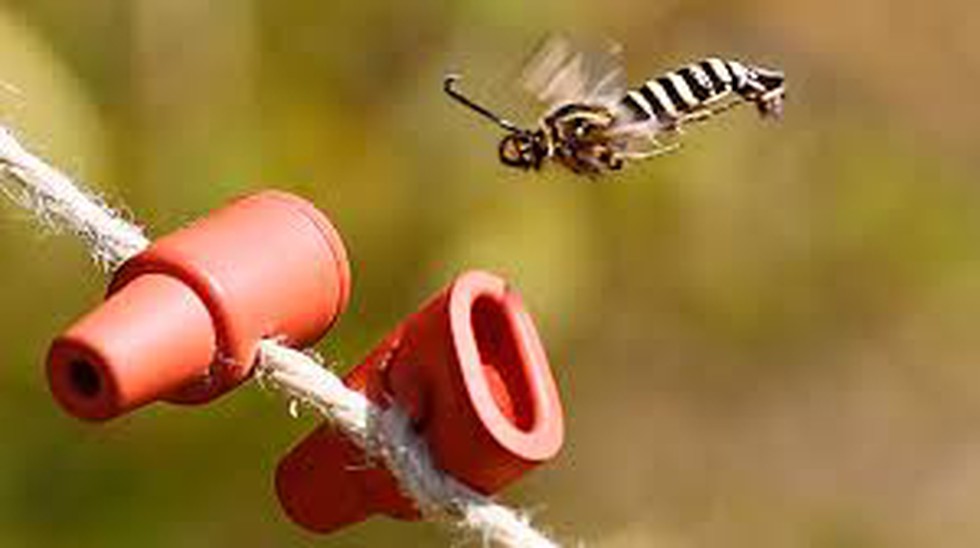
About Pheromone:
- Pheromones are chemical substances which are secreted on the outside by an individual, and received by another individual of the same species.
- These are present in all bodily secretions, and especially in the axillary sweat — can be detected by the olfactory system.
- Pheromones are ecto-hormones, meaning they are secreted outside the body.
- Types of Pheromones
- Releaser pheromones: They work right away and elicit a specific response from the other person.
- Signaler pheromones: They give information about the person who releases them. For example, they help a mother tell her own baby apart from other babies.
- Modulator pheromones: They affect mood and emotions.
- Primer pheromones affect hormones, for example during pregnancy or menstrual cycles.
- Animals, with their heightened senses and vomeronasal organ are known to secrete pheromones to trigger many kinds of behaviours like raising an alarm, signalling a food trail, warning another animal to back off, and bonding with an offspring.
- Pheromones are also used by some fungi, slime molds, and algae as attractants in reproduction; organisms of complementary reproductive cell types grow or move toward each other.
3. Amazon River
The Amazon River basin is experiencing an unprecedented drought, with water levels plummeting to historic lows across the region.
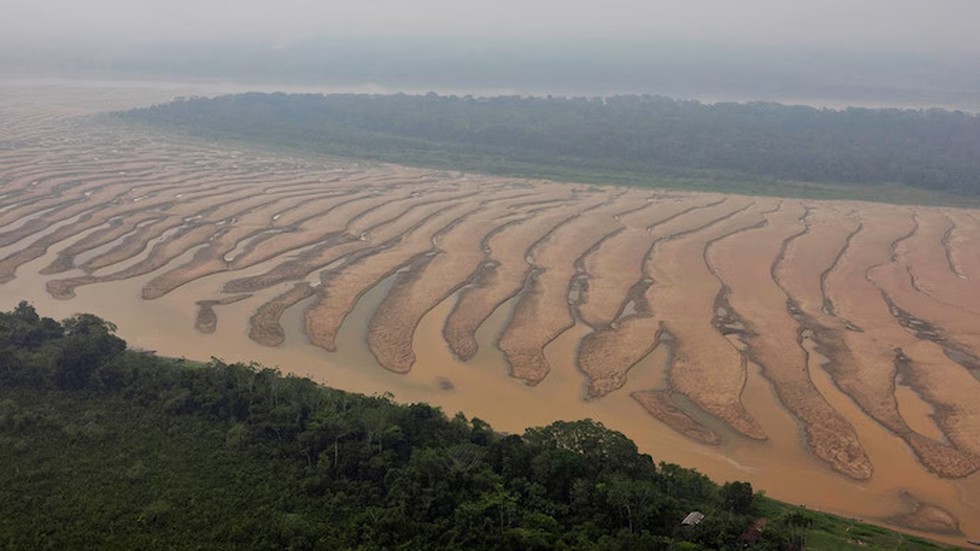
About Amazon River:
- It is the world's largest river by water volumeand width and the second-longest river in the world after the Nile.
- Course: Its journey begins high in the Andes Mountains and empties into the Atlantic Oceanon the northeastern coast of Brazil.
- River basin:
- It has the largest drainage area of any river system.
- Its watershed spans the countries of Brazil, Peru, Ecuador, Colombia, Venezuela, and Bolivia.
- Roughly two-thirds of the Amazon’s main stream and by far the largest portion of its basin are within Brazil.
- The river’s size changes with the seasons. In the dry season, it spans 4 to 5 km in width, but during the wet season, this can swell to 50 km.
- Tributaries: Notable tributaries include the Rio Negro, the Madeira River, and the Xingu River, among many others.
- The Amazon Rainforest, which represents about half of the Earth’s remaining rainforest, also constitutes its single largest reserve of biological resources.
- It is sometimes referred to as the "lungs of the Earth" due to its role in regulating the planet's oxygen and carbon cycles.
4. TRISHNA Mission
Recently, the President of the French Space Agency, Centre National d’Etudes Spatiales (CNES), in an event spoke on a wide range of topics from celebrating 60 years of French-India space cooperation to the Gaganyaan and the TRISHNA missions.

About TRISHNA Mission:
- The Thermal Infrared Imaging Satellite for High-resolution Natural Resource Assessment (TRISHNA) mission a collaborative endeavor between the Indian Space Research Organisation (Isro) the French Space Agency CNES.
- Objectives
- It is engineered to deliver high spatial and temporal resolution observations of Earth's surface temperature, vegetation health, and water cycle dynamics.
- It will also help in a comprehensive assessment of urban heat islands, detection of thermal anomalies linked to volcanic activity and geothermal resources, and precise monitoring of snow-melt runoff and glacier dynamics.
- The mission will also provide valuable data on aerosol optical depth, atmospheric water vapor, and cloud cover.
- Payloads: TRISHNA satellite is equipped with two primary payloads.
- The Thermal Infra-Red (TIR) Payload: It is provided by CNES, features a four-channel long-wave infrared imaging sensor capable of high-resolution surface temperature and emissivity mapping.
- The Visible - Near Infra-Red - Short Wave Infra-Red (VNIR-SWIR) payload: It is developed by ISRO, includes seven spectral bands designed for detailed mapping of surface reflectance of VSWIR bands for generating important biophysical and radiation budget variables.
- The variables retrieved from the combination of payload data would help in solving surface energy balance to estimate surface heat fluxes.
- The satellite will operate in a sun-synchronous orbit at an altitude of 761 km, with a local time of 12:30 PM at the equator.
- This orbit will provide a spatial resolution of 57 meters for land and coastal areas and 1 km for oceanic and polar regions. The mission is designed for a 5-year operational life.
Source : We are sharing state-of-the-art expertise with ISRO for Gaganyaan: French space agency chief
5. ‘mini-moon’
According to a new study, the Earth’s gravitational field will temporarily capture a small asteroid named 2024 PT5 which will behave as a ‘mini moon’.

About Mini-moon:
- Mini-moons are asteroids that fail to escape Earth’s gravity and end up orbiting the planet for some time.
- They are usually very small and hard to detect — only four mini-moons of Earth have ever been discovered, and none are still orbiting Earth.
- These events are relatively frequent, with similar occurrences happening every few decades.
- How does Earth capture Mini Moons?
- Mini moons are captured from the Near-Earth Object (NEO) population, which consists of asteroids and other celestial bodies that pass close to Earth.
- NASA classifies any space object that comes within 120 million miles (190 million kilometers) of our planet as a near-Earth object, while objects within 4.7 million miles (7.5 million kilometers) are considered potentially hazardous.
Key facts about 2024 PT5
- It is an Apollo-class NEO, which follows an orbit similar to that of previous mini moons like 2022 NX1.
- The asteroid was discovered with the help of the NASA-funded Asteroid Terrestrial-impact Last Alert System (ATLAS).
- It is estimated to be just 33 feet long and is too small to be visible to the naked eye or through typical amateur telescopes.
- It is within the brightness range of telescopes used by professional astronomers.
- Significance: The observations of 2024 PT5 will help scientists expand the knowledge of asteroids that pass close to the Earth and those that sometimes collide with it.
6. Financial Action Task Force (FATF)
Terror financing watchdog Financial Action Task Force (FATF) has said India has achieved a high level of technical compliance with its recommendations and taken significant steps to implement measures to tackle illicit finance.

About Financial Action Task Force (FATF):
- ATF is an intergovernmental policy-making and standard-setting body dedicated to combating money laundering and terrorist financing.
- Objective: To establish international standards, and to develop and promote policies, both at national and international levels, to combat money laundering and the financing of terrorism.
- Origin:
- It was established in 1989 during the G7 Summit in Paris to develop policies against money laundering.
- In 2001, its mandate expanded to include terrorism financing.
- Headquarters: Paris, France.
- Members:
- To become a member, a country must be considered strategically important (large population, large GDP, developed banking and insurance sector, etc.), must adhere to globally accepted financial standards, and be a participant in other important international organizations.
- FATF members include 39 countries, including the United States, India, China, Saudi Arabia, Britain, Germany, France, and the EU as such.
- India became a member of FATF in 2010.
- The FATF researches how money is laundered and terrorism is funded, promotes global standards to mitigate the risks, and assesses whether countries are taking effective action.
- Once a member, a country or organization must endorse and support the most recent FATF recommendations, commit to being evaluated by (and evaluating) other members.
- The FATF holds countries to account that do not comply with the FATF Standards.
- If a country repeatedly fails to implement FATF Standards, then it can be named a Jurisdiction under Increased Monitoring or a High-Risk Jurisdiction. These are often externally referred to as “the grey and black lists”.
- What are FATF 'grey list' and 'blacklist'?
- Black List: Countries known as Non-Cooperative Countries or Territories (NCCTs) are put on the blacklist. These countries support terror funding and money laundering The FATF revises the blacklist regularly, adding or deleting entries.
- Grey List: Countries that are considered a safe haven for supporting terror funding and money launderingare put on the FATF grey list. This inclusion serves as a warning to the country that it may enter the blacklist.
- Three countries-North Korea, Iran, and Myanmar are currently in FATF’s blacklist.
- Consequences of being on the FATF blacklist:
- No financial aid is given to them by the International Monetary Fund (IMF), the World Bank, the Asian Development Bank (ADB), and the European Union (EU).
- They also face a number of international economic and financial restrictions and sanctions.
- FATF regularly publishes reports that raise awareness about the latest money laundering, terrorist financing and proliferation financing techniques so that countries and the private sector can take the necessary steps to mitigate these risks.
7. Vivad Se Vishwas Scheme 2024 (VSV 2.0)
The second edition of the Direct Tax Vivad se Viswas scheme 2024 (VSV 2.0) will be operational soon, the Finance Ministry has said in a notification.
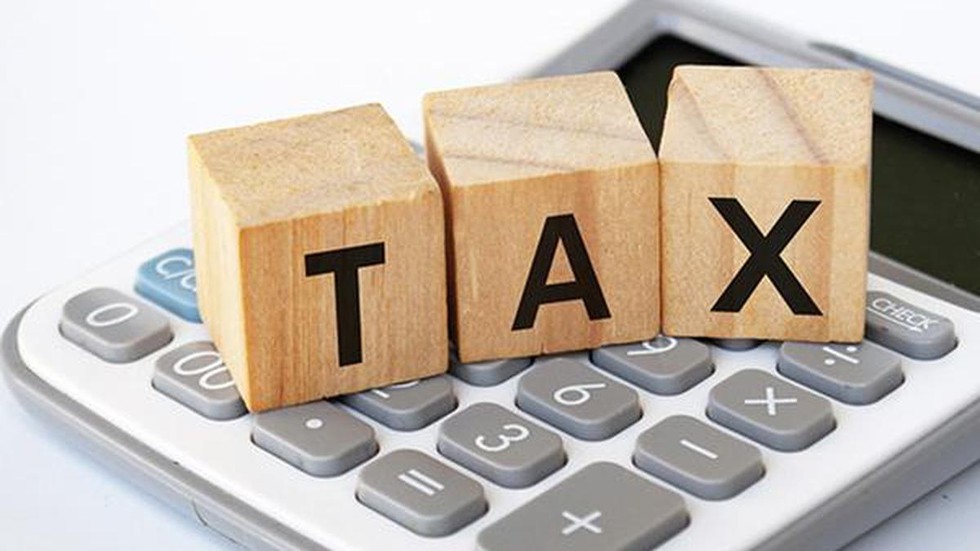
About Vivad Se Vishwas Scheme 2024 (VSV 2.0):
- The scheme aims to reduce ongoing litigations related to income tax.
- VSV 2.0 will enable taxpayers and the Income Tax Department to resolve disputes through a streamlined appeals process.
- It will provide a mechanism for filing appeals across various appellate forums, including the Joint Commissioner of Income-tax (Appeals), the Income Tax Appellate Tribunal (ITAT), and higher courts.
- The scheme covers appeals, writ petitions, and special leave petitions pending as of July 22, 2024, and will waive penalties and interest for settlements, ensuring no prosecution will be initiated for cases resolved under the scheme.
- The scheme also covers cases with objections filed before the Dispute Resolution Panel (DRP) where no final assessment order has been issued and pending revision applications before the Commissioner.
- However, certain cases are excluded from eligibility, including those involving searches, prosecutions, and undisclosed foreign income.
- Taxpayers under specific legal restrictions or serious offenses will also not benefit from the scheme.
- The primary goal of VSV 2.0 is to provide a cost-effective mechanism for settling disputed issues, thereby alleviating the burden of litigation on taxpayers and the judicial system.
8. Kleptoparasitism
Researchers suggest that kleptoparasitism, or food theft, among seabirds could be a transmission pathway for the H5N1 avian influenza virus, potentially explaining its rapid global spread.
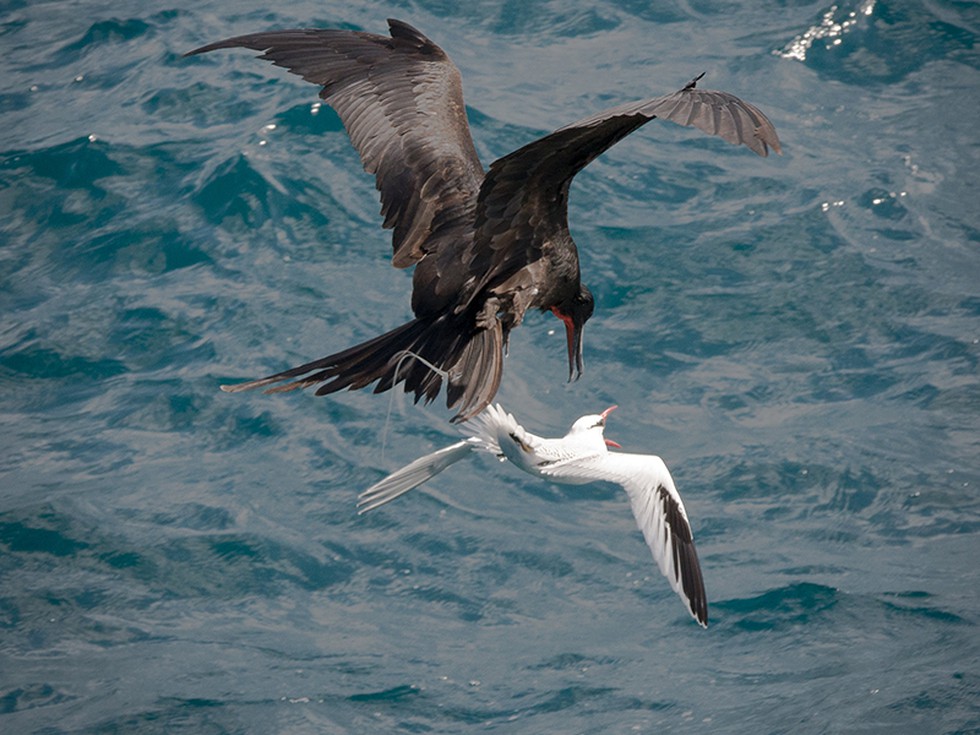
About Kleptoparasitism:
- The term kleptoparasitism was introduced to describe the theft of food previously collected or processed by some other individual.
- It is a form of feeding where one animal takes prey from another that has caught, killed, or otherwise prepared, including stored food (as in the case of cuckoo bees, which lay their eggs on the pollen masses made by other bees).
- Kleptoparasitism is also the 'stealing' nest material or other inanimate objects from one animal by another.
- Kleptoparasitism occurs in several groups of animals, such as birds, insects, and mammals, and is considered a form of social parasitism.
- The kleptoparasite benefits from the efforts of other animals to obtain food, without expending energy in searching for and capturing these resources for itself.
- Kleptoparasitism may be intraspecific, where the parasite is the same species as the victim, or interspecific, where the parasite is a different species.
- In the latter case, the parasites are commonly close relatives of the organisms they parasitize ("Emery's Rule").
9. White Revolution 2.0
The Union Home Minister and Minister of Cooperation recently launched the standard operating procedure for ‘White Revolution 2.0’, stating that milk dairies will aid empowerment of women and the fight against malnutrition.
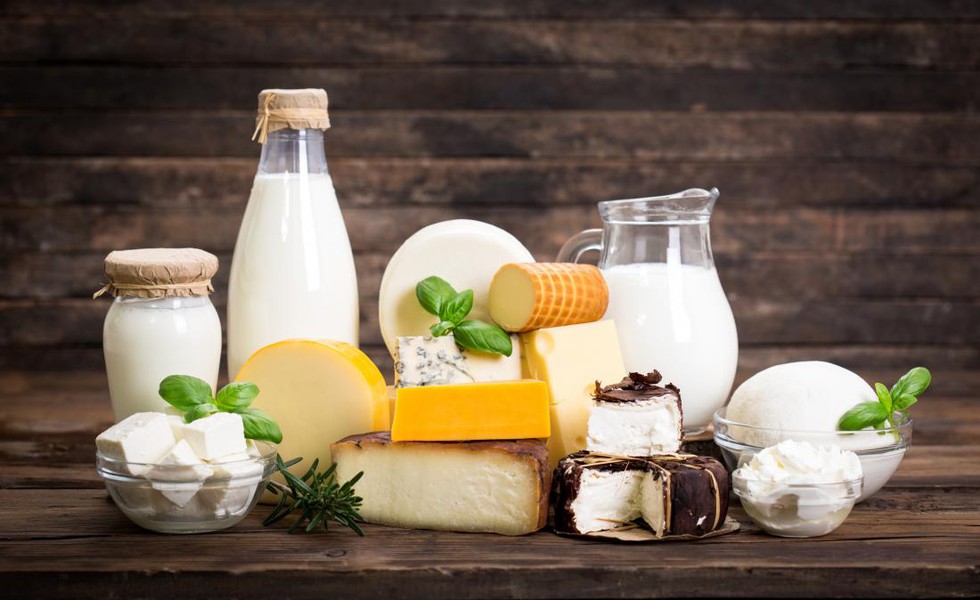
About White Revolution 2.0:
- It is a comprehensive initiative aimed at empowering women farmers and creating job opportunities.
- The programme focuses on four key areas:
- Empowering women farmers
- Enhancing local milk production
- Strengthening dairy infrastructure
- Boosting dairy exports.
- Under White Revolution 2.0, the government aims to increase milk procurement by dairy cooperative societies by 50 percent over the next five years by providing market access to dairy farmers in uncovered villages/panchayats and increasing the share of the organized sector in milk procurement.
- The plan involves setting up and strengthening 100,000 new and existing district cooperative societies, multi-purpose district cooperative societies, and multi-purpose Primary Agricultural Credit Societies (M-PACS), which will be linked to milk routes with necessary infrastructure.
- Providing enabling infrastructureg. AMCU (Automatic Milk Collection Unit), DPMCU (Data Processing Milk Collection Units), testing equipment, Bulk Milk Coolers, etc., will be the key component of the initiative for carrying out dairy activities.
- Initially, the National Dairy Development Board (NDDB) will fund the initiative from its own resources, providing Rs 40,000 per M-PACS to 1,000 M-PACS.
- Future funding is expected from the proposed National Programme for Dairy Development 2.0 scheme of the department animal husbandry and dairying (DAHD).
10. Key Facts about Mali
An elaborate attack by an Al Qaeda affiliate in Mali's capital killed around 70 people recently.

About Mali:
- It is a landlocked country in West Africa with an area of 1,240,192 sq. km.
- Capital: Bamako
- Bordering Countries: Mali borders seven other nations: Burkina Faso, Niger, Senegal, Guinea, Côte d'Ivoire, Algeria, and Mauritania.
- Geography:
- Approximately 65% of the country is covered by desert or semi-desert.
- The Sahara Desertmakes up a large portion of Mali's total land area.
- Mali has a monotonous landscape, with plains and plateaus dominating the country's topography.
- The landscape transitions from the Sahara Desert in the north through the Sahel to the zone of Sudanian savanna in the south.
- It is one of the hottest nations on earth with an average temperature of 114.8 °F (46 °C) in the summer months.
- The Niger Riverflows through its interior, serving as its main source of water.
- Although Mali is one of the largest countries in Africa, it has a relatively small population, which is largely centred along the Niger River.
- There are many ethnic groups in Mali. The largest of them is Bambara, making up 36.5% of the population.
- It gained independence from France in 1960.
- Languages: Bambara (most widely spoken), Dogon, Fulfulde, Manding, Arabic, Tuareg, French, etc.
- The key industry of Mali is agriculture, and its largest crop export is cotton. In addition, Mali is the third-largest gold exporter in Africa.


























































































































































.png)
.png)
.png)
.png)
.png)


.png)
.png)
.png)





.png)
.png)






.png)
.png)
.png)
.png)
.png)
.png)
.png)
.png)
.png)

.png)







.png)
.png)


.png)
.png)
.png)


.png)

.png)
.png)





.jpg)

.png)
.png)


.png)

.png)
.png)
.png)

.jpg)

.jpg)


.png)

.png)
.png)
.png)
.png)
.png)
.png)
.png)
.png)
.png)
.png)




.png)

.png)





.png)
.png)
.png)
.png)
.png)
.png)
.png)
.png)
.png)
.png)
.jpg)
.jpg)

.png)
.png)
.png)
.png)
.png)
.png)
.png)
.png)
.png)
.png)
.png)
.png)
.png)
.png)
.png)
.png)
.png)
.png)
.png)
.png)
.png)
.png)



.png)
.png)

.jpg)
.jpg)


.jpg)
.jpg)
.jpg)
.jpg)
.jpg)

.jpg)








.jpg)
.jpg)
.jpg)
.jpg)
.jpg)

















.jpg)
.jpg)







.jpg)


















.jpg)
.jpg)






























































































.jpg)
.jpg)


























.jpg)

.jpg)










.jpg)








.jpg)




.jpg)










.jpg)


















.jpg)












































.jpg)














.jpg)
.jpg)
.jpg)





.jpg)

.jpg)
.jpg)





































































.jpg)


































.jpg)
.jpg)
















































.jpg)












.jpg)


.jpg)




.jpg)
.jpg)
.jpg)

.jpg)
.jpg)
.jpg)
.jpg)

.jpg)
.jpg)
.jpg)

.jpg)
.jpg)
.jpg)
.jpg)
.jpg)
.jpg)
.jpg)
.jpg)

.jpg)


.jpg)
.jpg)
.jpg)
.jpg)
.jpg)
.jpg)
.jpg)
.jpg)
.jpg)
.jpg)











.jpg)
.jpg)





.jpg)
.jpg)
.jpg)
























.jpg)
























.jpg)









.jpg)
.jpg)







.jpg)
.jpg)









































.jpg)
.jpg)
.jpg)
.jpg)
.jpg)

.jpg)
.jpg)
.jpg)
.jpg)
.jpg)


.jpg)
.jpg)
.jpg)
.jpg)
.jpg)

.jpg)
.jpg)
.jpg)
.jpg)
.jpg)
.jpg)
.jpg)
.jpg)
.jpg)
.jpg)
.png)

.png)
.png)

.png)
.png)
.png)
.png)


.jpg)
.jpg)

.jpg)
.jpg)
.jpg)

.png)
.png)
.png)
.png)
.png)
.png)
.png)

.png)
.png)
.png)
.png)
.png)
.png)
.png)
.png)
.png)
.png)





































































-min.png)



.png)




.png)








































